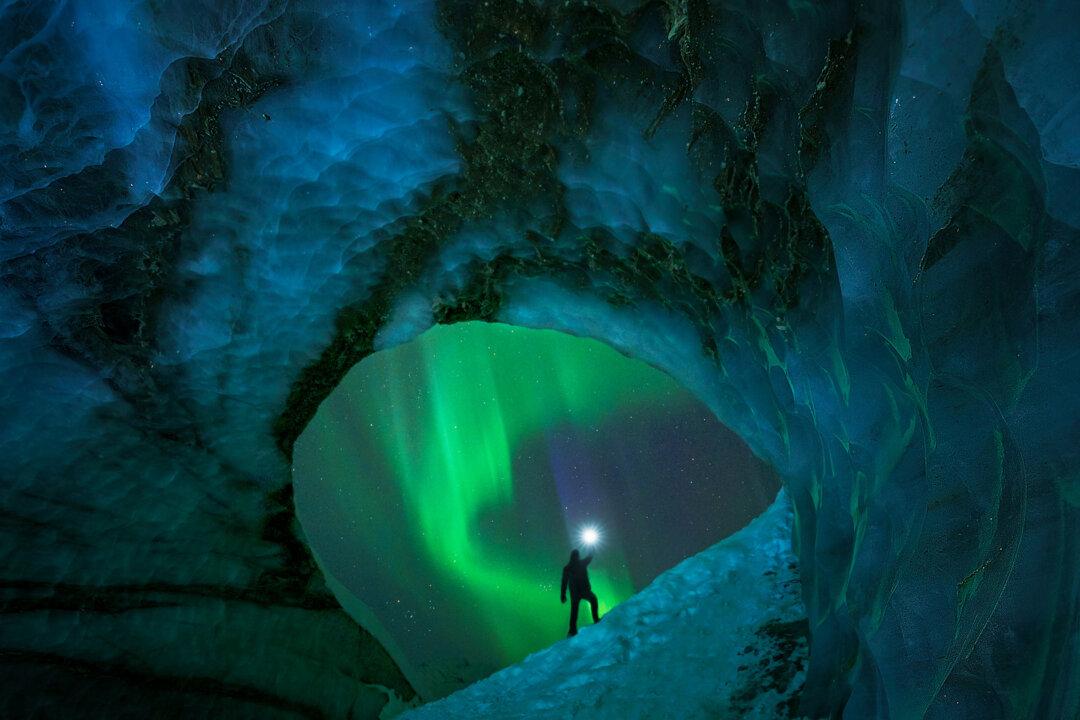Now in its fifth year, the Northern Lights Photographer of the Year competition, hosted by travel and photography blog Capture the Atlas, has released 25 of its best photos of aurora borealis from hundreds of dazzling entries.
The winning images were taken from locations across the world, the winners representing 13 different nationalities, and were announced in December to coincide with peak northern lights season. Capture the Atlas editor Dan Zafra was on the lookout for pictures, from both renowned talent and new photographers, that portray this breathtaking natural phenomenon in novel and interesting ways.





